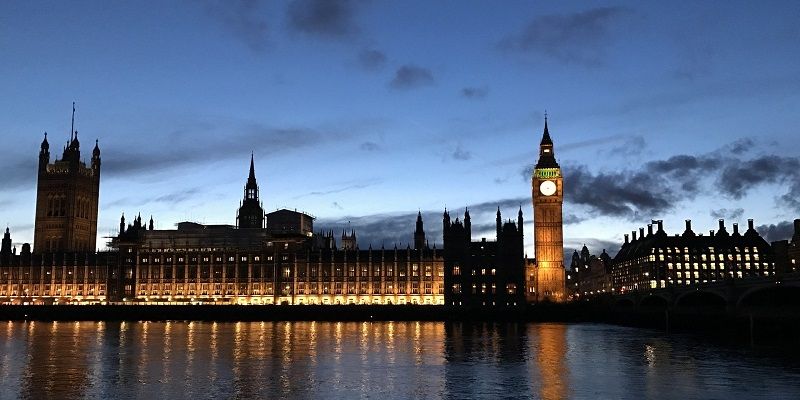
Relaxing the social distancing rules will be challenging because not enough is known about the way coronavirus spreads, a leading Leeds researcher has told MPs.
Professor Cath Noakes, giving evidence to the House of Commons Science and Technology Select Committee, said there were unanswered questions about the way covid-19 is transmitted between people – and the level of exposure needed to cause an infection.
She said science was playing catch-up, but transmission was likely to be directly from person to person when someone coughs or sneezes; when someone touches a contaminated surface and then rubs their nose or eyes; or by breathing in small aerosol-like particles of virus that can hang in the air for a prolonged period.
Professor Noakes, an expert in the spread of pathogens in buildings and a member of SAGE, added: “Most of the evidence we have seen seems to suggest that people are being infected in enclosed indoor environments within close range.
“It is hard to get evidence for surface transmission, but it is very likely that it is an important transmission route.
“The aerosol route is likely to be a smaller component ... and there is a little bit of emerging evidence that it might be a risk in poorly-ventilated environments where those particles can stay in the air for longer and people can breathe it in.”
Committee chairman Greg Clarke asked if the biggest risk came from being in “close proximity over a sustained period in an indoors, poorly-ventilated setting”.
Professor Noakes, from the School of Civil Engineering, said that was where the evidence was pointing. Asked about the length of exposure needed for someone to become infected, she said it was proving hard to determine.
“The evidence from the outbreaks internationally that has been investigated so far would suggest it is environments like parties, conferences and churches. There is some evidence that people were being infected in those spaces within two hours,” she said.
“It will very much depend on the nature of the infectious person.
“We suspect that a cough produces a much higher viral load than simply talking and we also think that some people produce a much higher viral load than others ... there are a lot of unknowns.”
She was asked why the UK had adopted a two metre social distancing rule when other countries had allowed closer contact.
She said the two metre rule had been based on the way respiratory droplets behave in the air. Laboratory studies had suggested that the risk of the virus spreading reduces “quite significantly” if people are between 1.5 and two metres apart.
Studies on the transmission of respiratory diseases on aircraft showed that spread happened over a couple of seat rows, emphasising the importance of a 1.5 to two metre buffer.
Professor Noakes added: “We recommended two metres because that is where the evidence is sitting at the moment – and as we learn more, we may be able to adjust that. We have already said if people are back-to-back or side-to-side, the risk is lower.
“One metre to the side and one metre to the back, you are breathing what is in the air rather than the direct plume that is coming out of someone's mouth.”
Aaron Bell MP said the two metre rule was a gross simplification and he asked at what point could the country base social distancing on an assessment of the risks involved.
Professor Noakes said the problem was that scientists did not know the level of exposure that was needed to cause an infection. If that could be determined, it would allow assessments to be made of the specific risks involved. But there were many established diseases where scientists have been unable to determine the infective dose, she added.
She also said that with a lower prevalence of cases in the community and an effective test-track-isolate system, it might become easier to relax social distancing rules.
The select committee hearing can be found online at Parliament.TV.
Professor Noakes is leading a major research project, HECOIRA, involving two NHS trusts and industry to identify better ways of designing hospitals to improve infection control. The research team has developed models for predicting risk of transmission from contact with contaminated surfaces. The project is being funded by the Engineering and Physical Sciences Research Council.
For further information, please contact David Lewis in the University press office: pressoffice@leeds.ac.uk.